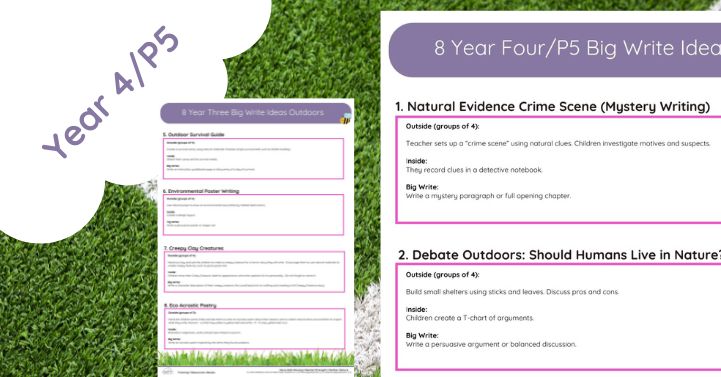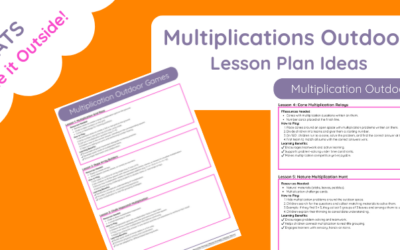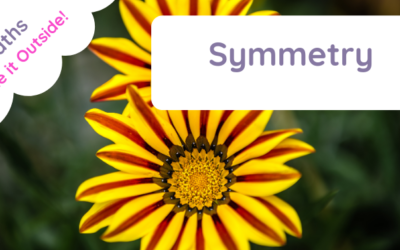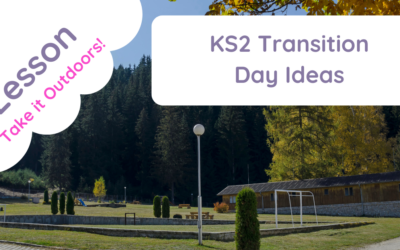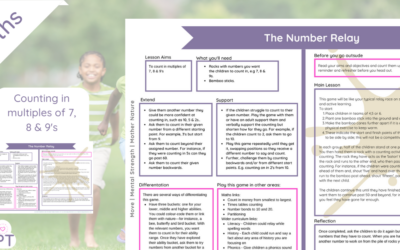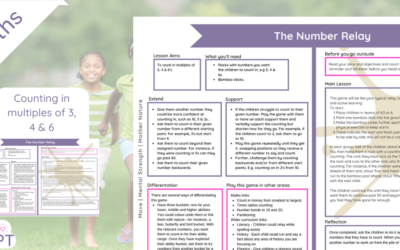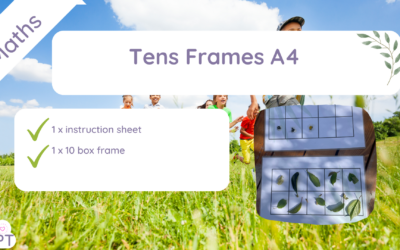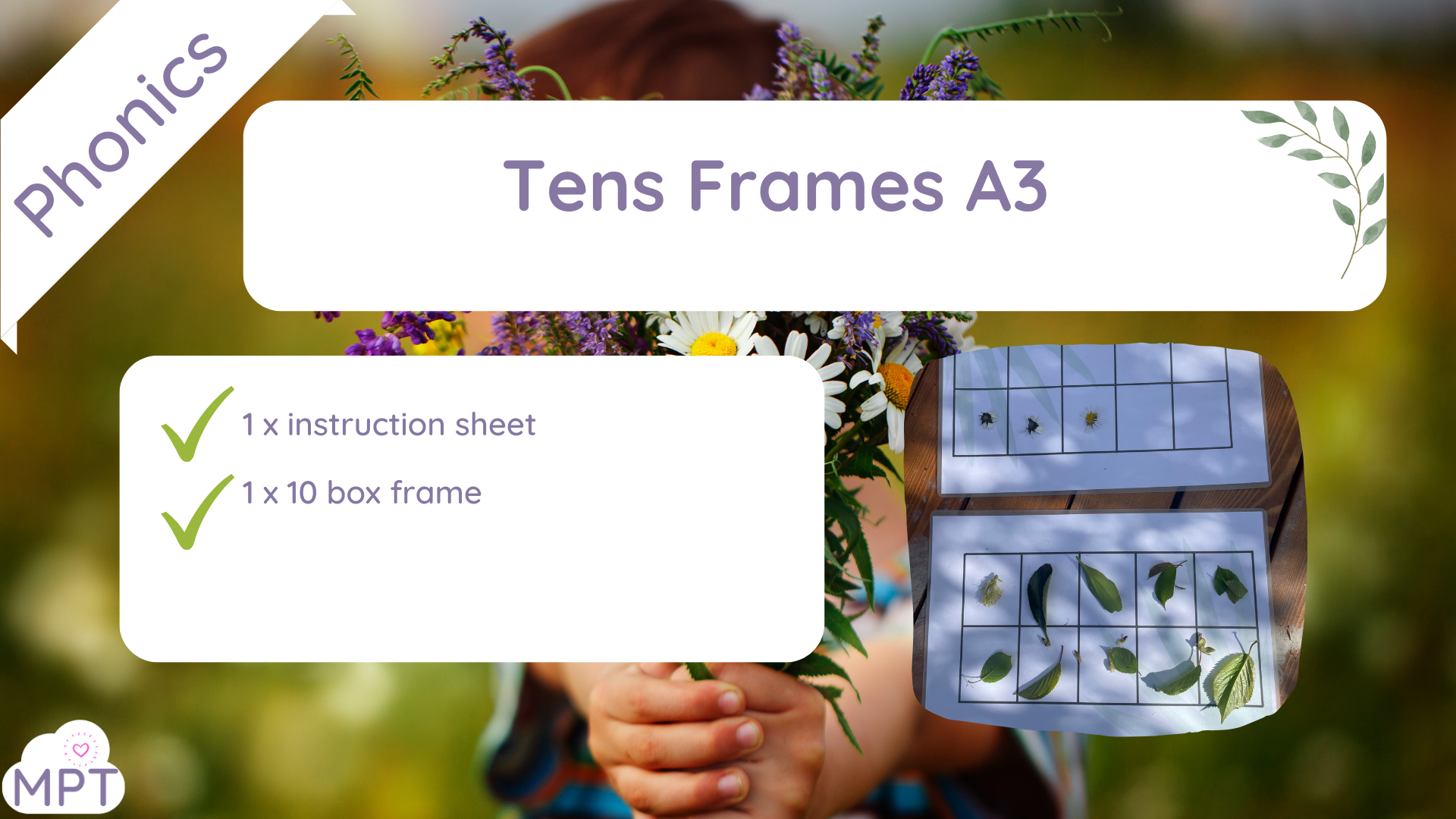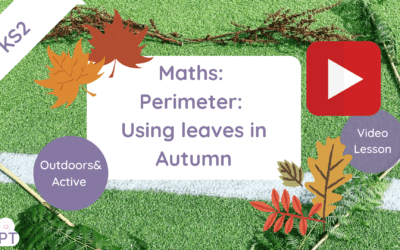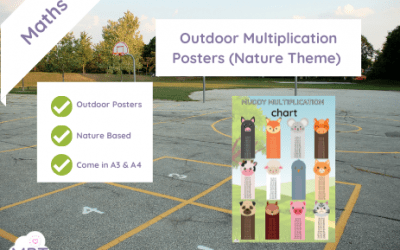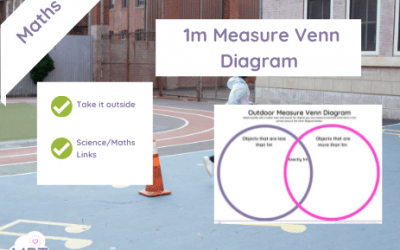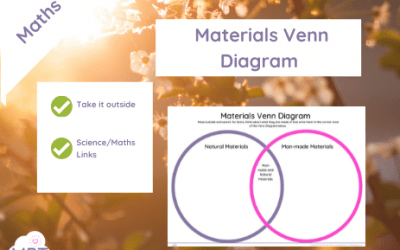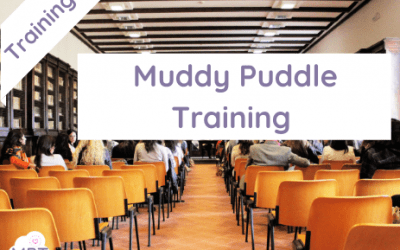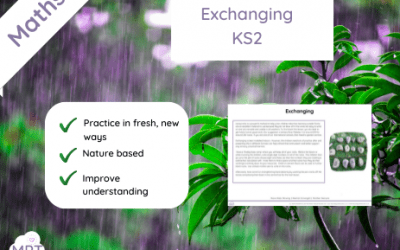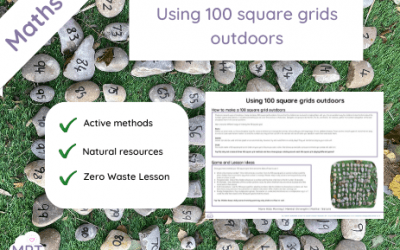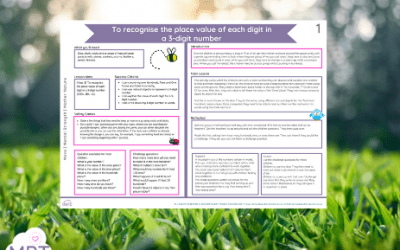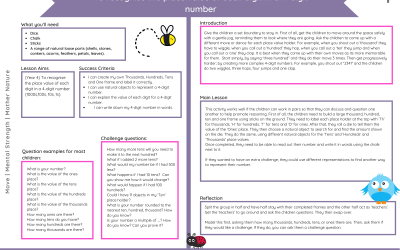Outdoor Multiplication Lesson Plans – A Fun and Engaging Way to Teach Maths Transform Maths Learning with Outdoor...
Outdoor Symmetry Lessons
Feb 4, 2025
Outdoor Symmetry Lessons – The Muddy Puddle Teacher Make Symmetry Come to Life in the Great Outdoors! Transform the...
KS2 Transition Day Ideas
Jul 2, 2024
The Importance of Having a KS2 Transition Day Outdoors for Children Transition days are pivotal in helping children...
Fireworks KS2 Symmetry
Oct 24, 2023
What is included in this lesson plan? 1 x Fireworks KS2 Symmetry lesson plan, including opportunities to extend,...
Ordering numbers up to 1000 – Leave it to the lanyards
Oct 23, 2023
What does this resource include? Ordering numbers to 1000 lesson plan - take it outdoors! Use our ordering numbers to...
Count in multiples of 7, 8 & 9s : Number Relay
Oct 23, 2023
What does this resource include? 1 x counting multiples outdoors of 7,8 and 9's. How can I use this resource? Use...
Count in multiples of 3, 4 & 6’s : Number Relay
Oct 23, 2023
What does this resource include? 1 x outdoor counting games maths lesson plan - in multiples of 3,4 and 6. How can I...
Outdoor Tens Frame A4
Apr 28, 2023
What does this resource include? Instruction on how to use your outdoor tens frames 1 x Outdoor Ten Frames A4 How can...
Outdoor Tens Frames A3
Apr 28, 2023
What does this resource include? Instruction on how to use your outdoor tens frames 1 x Outdoor Ten Frames How can I...
KS2: Perimeter (Outside in Autumn)
Oct 18, 2022
What does this resource include? 1 Instruction Video giving a lesson idea for taking perimeters outside using natural...
Outdoor Multiplication Posters (Nature Theme)
Mar 16, 2022
Our Muddy Materials and Posters are perfect for adding that educational element to your outside space as well as a...
1m Measure Venn Diagram
Mar 8, 2022
Use this 1m Measure Venn Diagramm to take your learning outside with the children.
Materials Venn Diagram (Man-made & Natural)
Mar 7, 2022
Teacher Training Options
Jan 24, 2022
Face to Face Teacher Training OptionsCPD Accredited Muddy Teacher Training Whole School Option (up to 20 staff) for...
Exchanging (KS2)
Nov 22, 2021
Exchanging (Maths) outdoor learning Using rocks is a powerful method to help junior children take their maths learning...
Using 100 square grids outdoors
Nov 17, 2021
How to make a 100 square grid outdoors There are several ways of creating a cheap and easy 100 square grid outdoors....
Place Value of a 3 Digit Number
Apr 14, 2021
Place Value of a 3 Digit Number is a lesson plan that will help KS2 outdoor learning look easy! Simply get out of the...
Place Value (Year 4) – To recognise the place value of each digit in a 4-digit number
Dec 7, 2020
Use Place Value Year 4 - To recognise the place value of each digit in a 4-digit number to take more of your maths...
New In
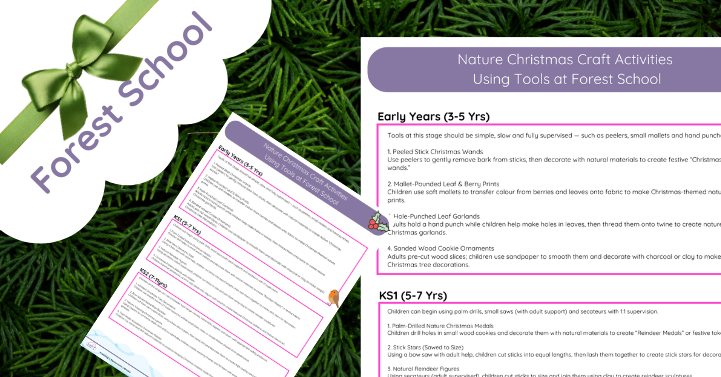
Nature Christmas Craft Activities Using Tools at Forest School

20 Christmas Cooking Ideas for the Fire at Forest School
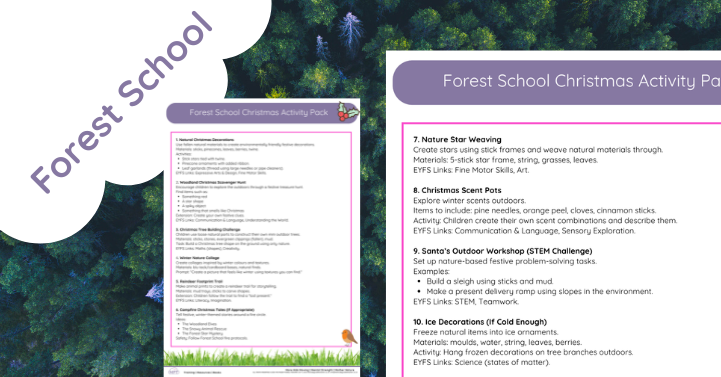
Forest School Christmas Activity Pack

Forest School Christmas Activity Ideas

Forest School vs Outdoor Learning: What’s the Difference? | Complete Guide
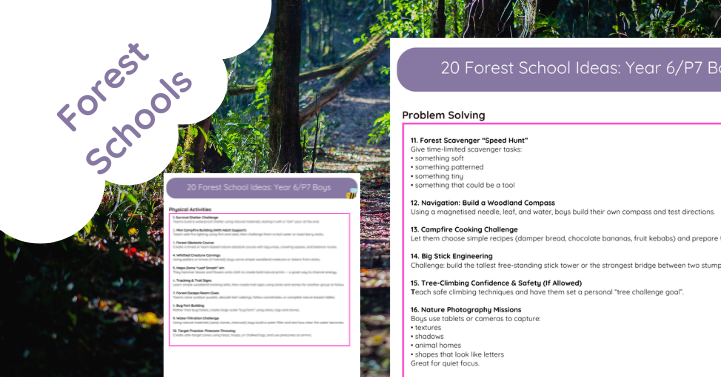
20 Forest School Activities for Year 6 Boys – Activity Pack
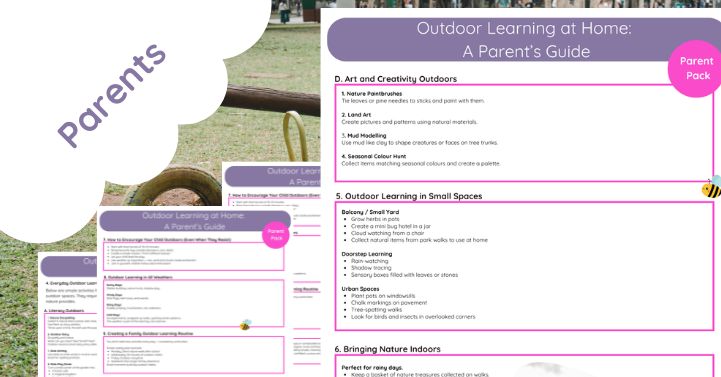
Outdoor Learning at Home: A Parent’s Guide
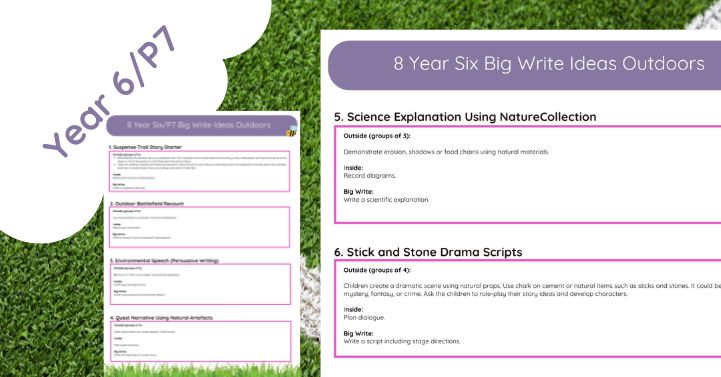
Year Six Big Write Ideas Outdoors
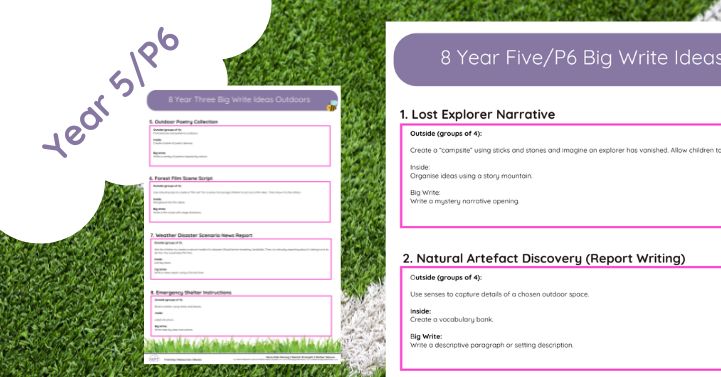
Year Five Big Write Ideas Outdoors
